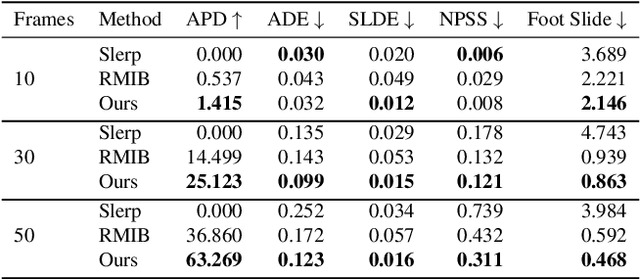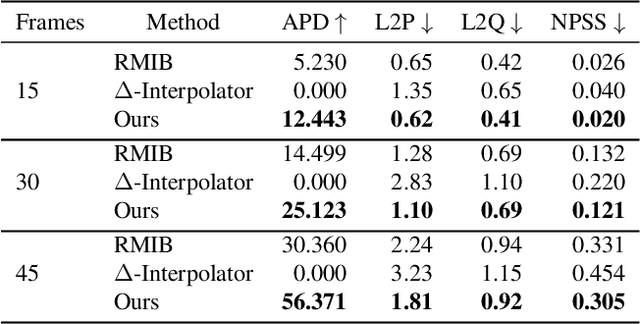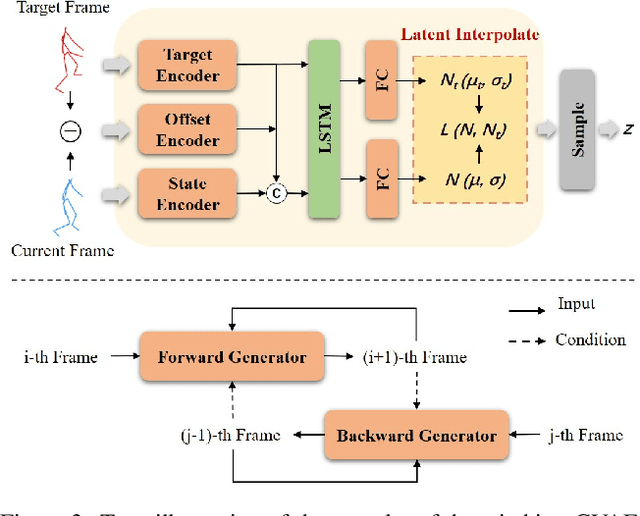Jubo Yu
Motion-R3: Fast and Accurate Motion Annotation via Representation-based Representativeness Ranking
Apr 04, 2023



Abstract:In this paper, we follow a data-centric philosophy and propose a novel motion annotation method based on the inherent representativeness of motion data in a given dataset. Specifically, we propose a Representation-based Representativeness Ranking R3 method that ranks all motion data in a given dataset according to their representativeness in a learned motion representation space. We further propose a novel dual-level motion constrastive learning method to learn the motion representation space in a more informative way. Thanks to its high efficiency, our method is particularly responsive to frequent requirements change and enables agile development of motion annotation models. Experimental results on the HDM05 dataset against state-of-the-art methods demonstrate the superiority of our method.
Diverse Motion In-betweening with Dual Posture Stitching
Mar 25, 2023



Abstract:In-betweening is a technique for generating transitions given initial and target character states. The majority of existing works require multiple (often $>$10) frames as input, which are not always accessible. Our work deals with a focused yet challenging problem: to generate the transition when given exactly two frames (only the first and last). To cope with this challenging scenario, we implement our bi-directional scheme which generates forward and backward transitions from the start and end frames with two adversarial autoregressive networks, and stitches them in the middle of the transition where there is no strict ground truth. The autoregressive networks based on conditional variational autoencoders (CVAE) are optimized by searching for a pair of optimal latent codes that minimize a novel stitching loss between their outputs. Results show that our method achieves higher motion quality and more diverse results than existing methods on both the LaFAN1 and Human3.6m datasets.
 Add to Chrome
Add to Chrome Add to Firefox
Add to Firefox Add to Edge
Add to Edge